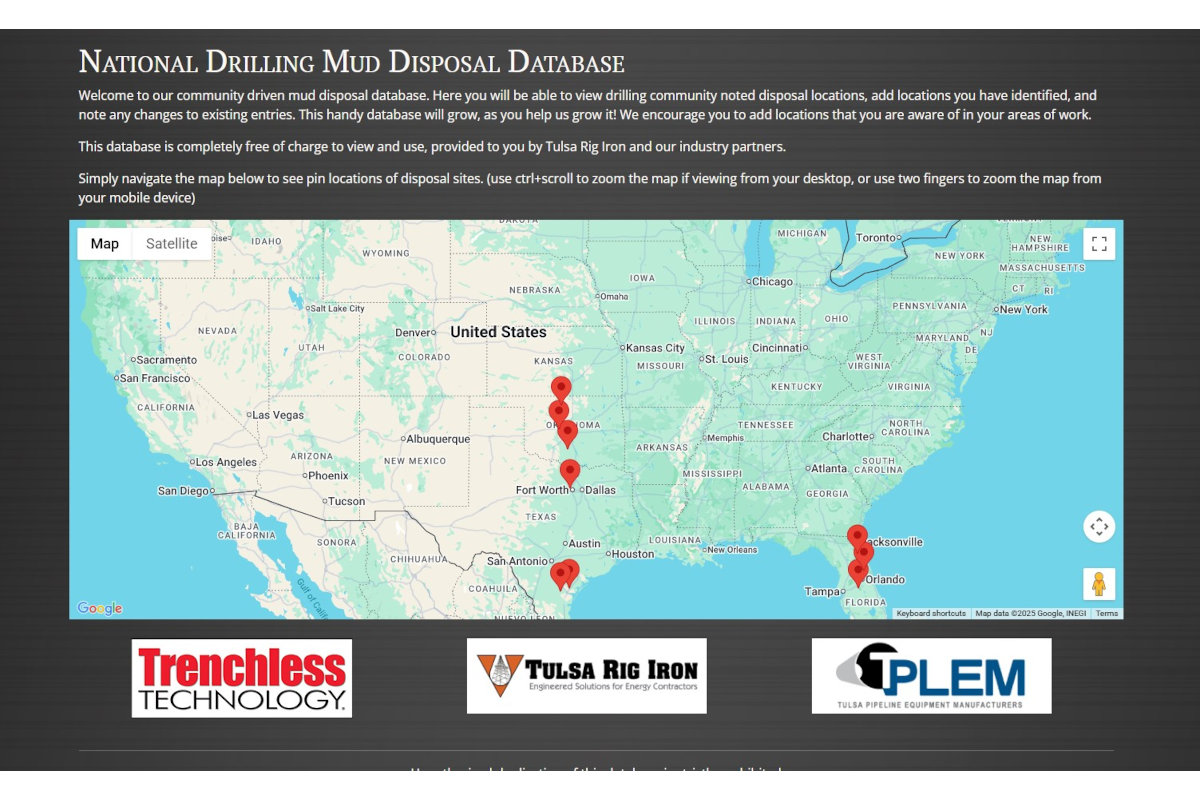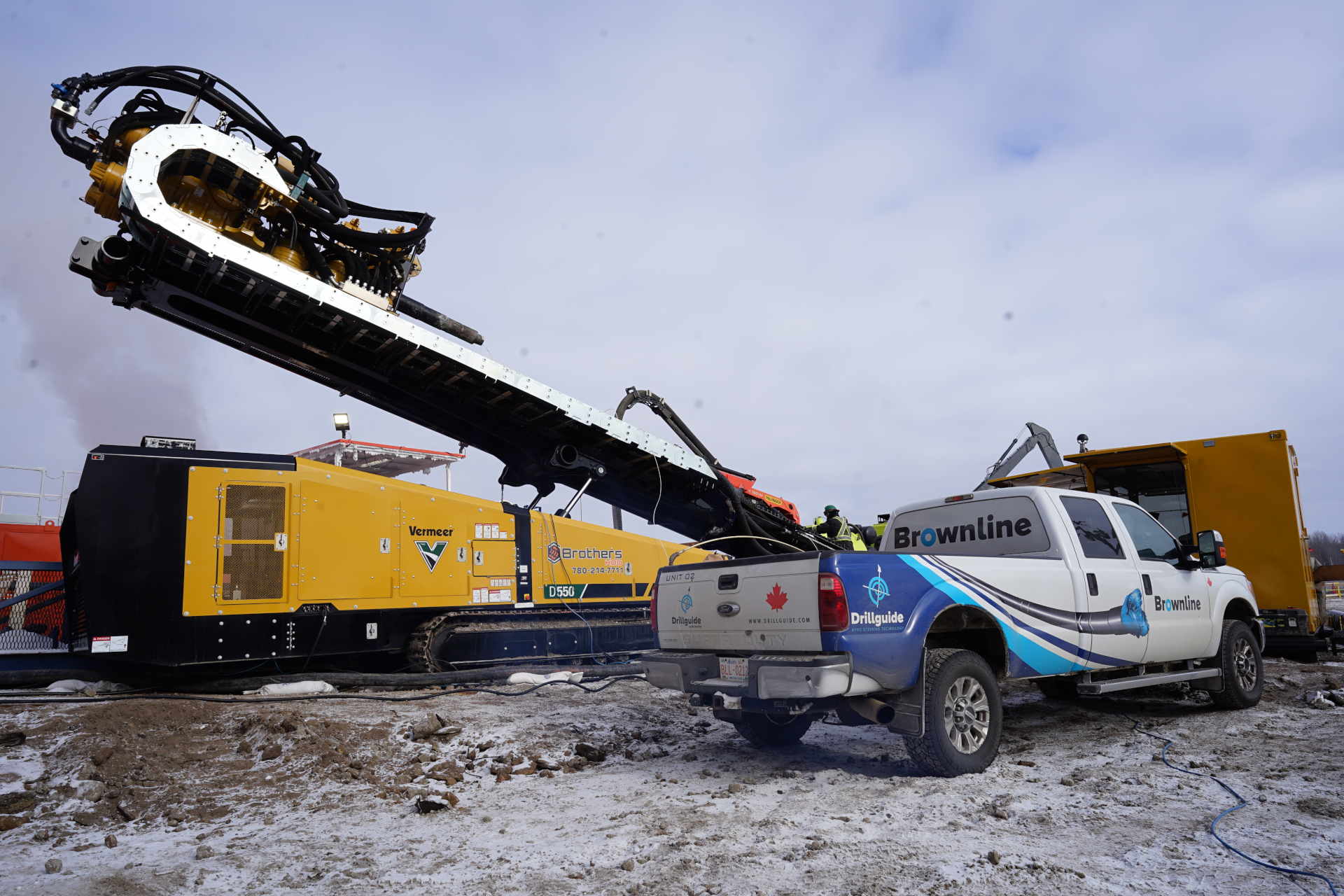Drill Master: What’s the Problem?
The main problem with problem solving can be the identification of the problem. This, in many cases, may lie with the information we have at our disposal. Therefore, we may conclude that the person with the most information is going to be the best problem solver.
How is this information gathered?
Questions!
The person with the most questions is going to get the most answers. The person with the most answers is going to have the most information. The person with the most information is going to be the best problem solver. When we go to a doctor with a health problem, what is the first thing that the doctor does? Ask questions to gain information in order to solve our problem.
Soils
Most of our problems seem to start with soils, misidentification of soils or change in soils. The reasoning behind this is that all our decisions are based on soil type. Fluid selection is tied to soil type. Bit and reamer selections are tied to soil type and, in many cases, volumes of fluid needed are tied to soil type. When a problem arises, this is probably where we need to start asking questions. Has the soil changed?
Clay
Have we gone from soft, moist clay to harder, denser clay? Is the clay stickier? Is the clay drier? Will the drier clay tend to swell? Is this causing packing around the reamer? If we’ve gone to drier clay, has this changed the cuttings size. Do we need extra suspension if we have a larger cutting size? Do we need to change reamer styles? Do we need a reamer that will give more chopping action? Does our reamer have a large surface area? Will this allow the clay to ball up on the reamer? Do we need to add some wetting agent to reduce the stickiness of the clay? Are we pumping enough fluid? How does clay swell? Clay swells by absorbing fluid. Are we pumping enough fluid to offset the swelling tendency of the clay? Have we run our cup tests to see how the clay is going to react with the fluid we’ve mixed? Did we do the same thing with water? Did the clay disintegrate in water? Is it actually clay?
Sand
Are we above or below a water table? If we’re below a water table, are we contending with a dilution factor? Do we need to increase our product concentrations in the tank? Is the water seawater? If so, do we need to use fluid additives to offset the effects of the seawater? If we’re above a water table, are we building sufficient filter cake to contain our slurry in the borehole? Do we need to add some filtration control agent? Has the grain size changed? Do we have a suspension problem? Do we need to add a suspension agent? Is there any possibility that there is some gravel, sandstone or decomposed coral in the sand?
Have we run our cup tests to see how the fluid we have mixed is going to suspend the soil in a slurry? How long did we watch it? Is it still there? Is everything still in suspension?
Volumes
Are we pumping enough fluid? Have we done our calculations to show the volume of soil we need to put into a slurry? Have we calculated how much fluid we will need? Have we calculated how much make-up water we need? Are we pumping enough fluid to maintain flow on the pilot bore? If not, are we causing a torque problem? Do we need to double drill to work some of the torque out? Are we going to have excessive torque while back reaming? Do we need to add a torque reducer? Do we know where some is? How long is the bore? Do we need to pump more fluid to maintain flowability over a longer distance? While drilling, are we giving the pump a few seconds to regain flow before we start drilling or pushing? Are we doing the same thing on the backream?
Questions! Questions! Questions!
Why do we need so many questions?
The answer is pretty simple when we think about it. We need questions to get answers to have enough information to solve problems. This way we don’t have to wait for the dreaded statements — “Oh! By the way” and “Oh! I forgot to tell you”.
Are there any questions? Sure there are. Lots of them! We just need to learn to ask the right ones.
All reports are reviewed by the board: Canon, Ron Lowe, Myers-Aplex Industries; Mark van Houwelingen, Vermeer Mfg.; and Jerry Watson, INROCK Drilling Systems.




